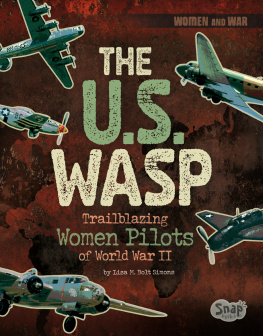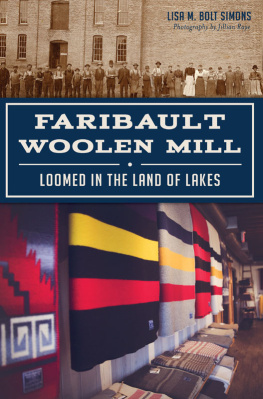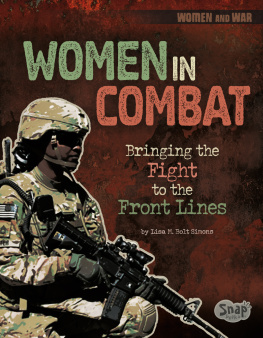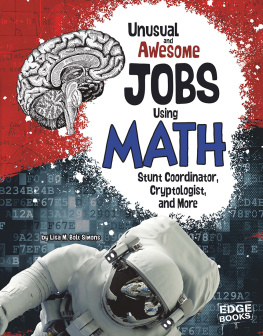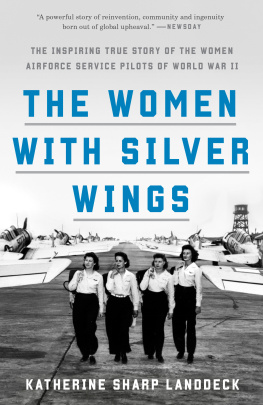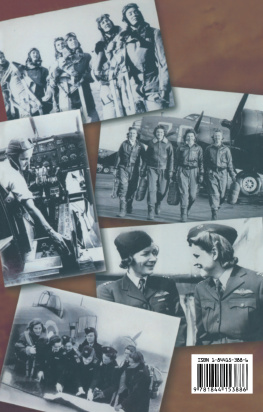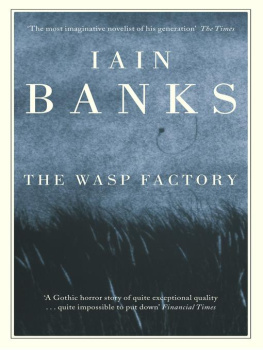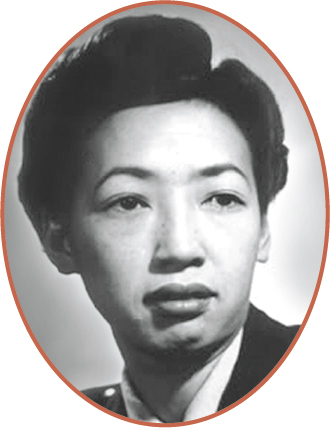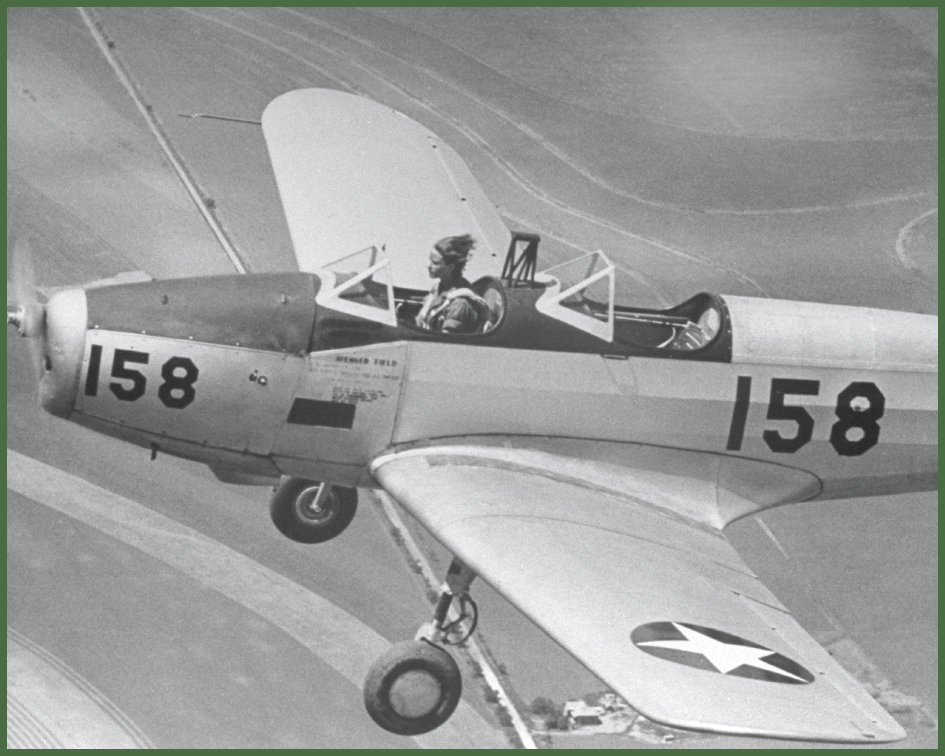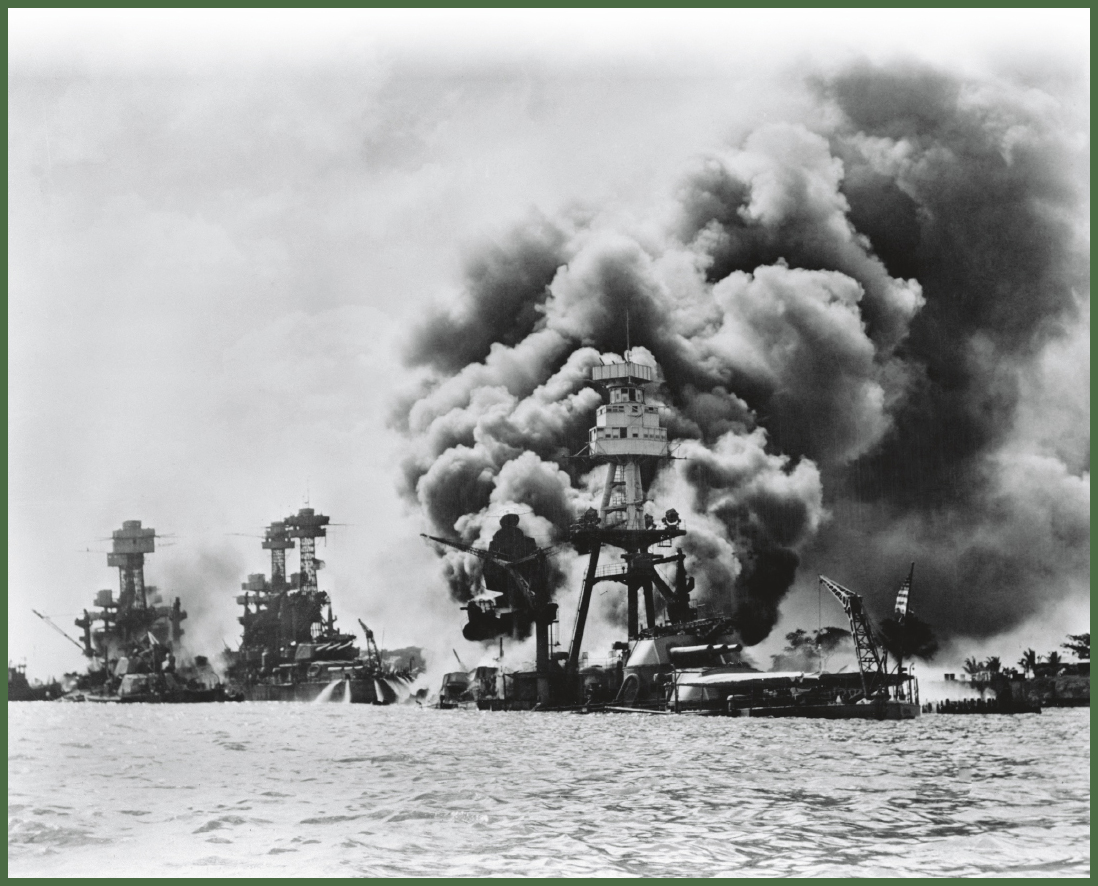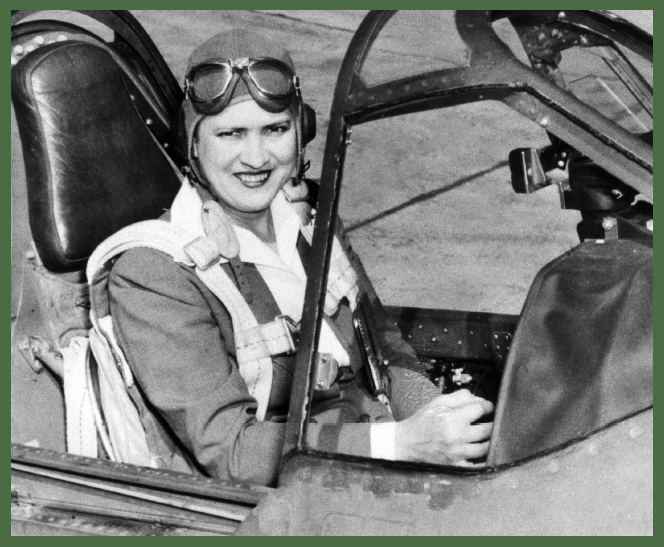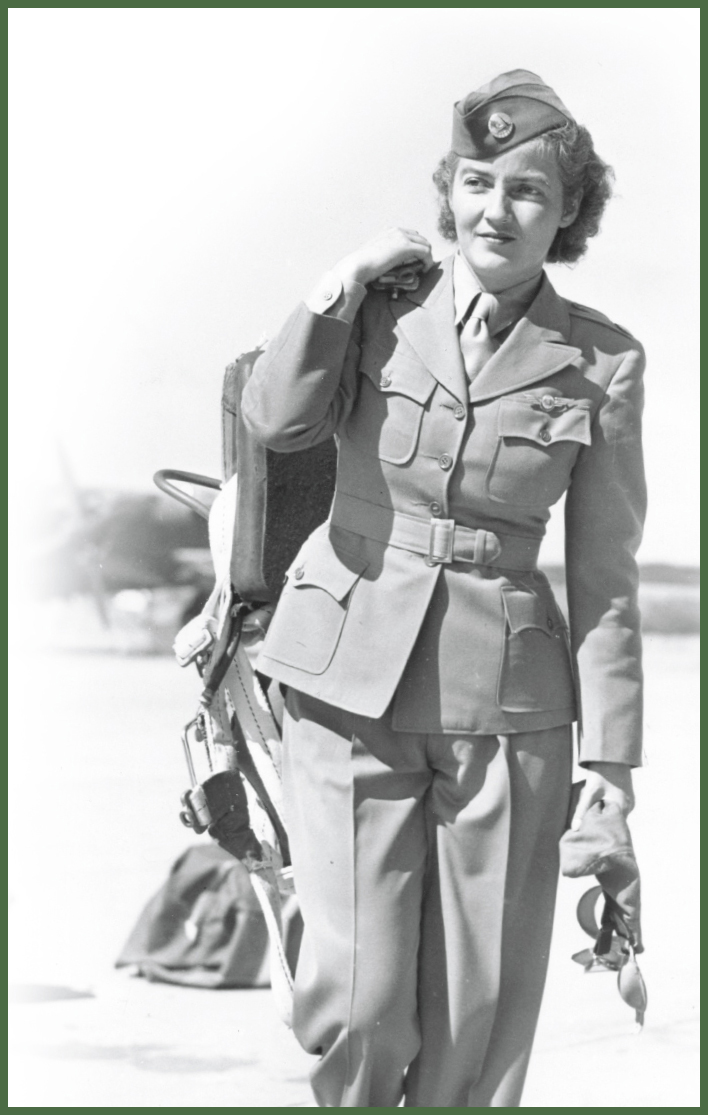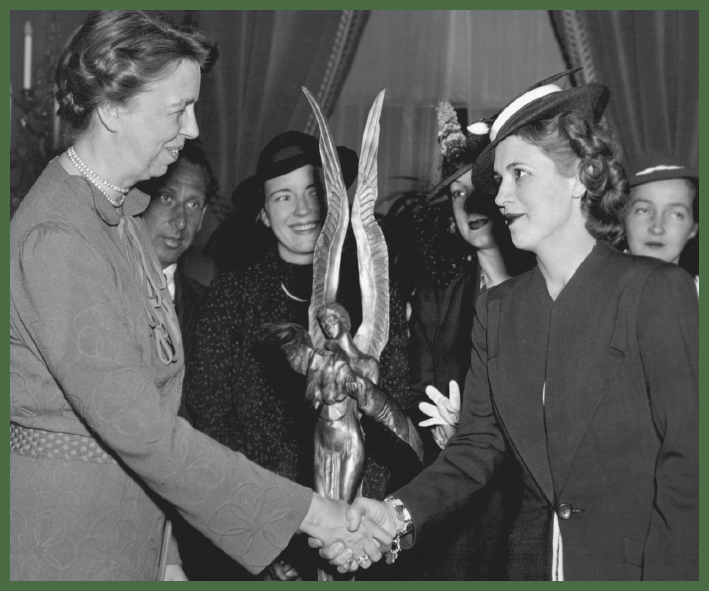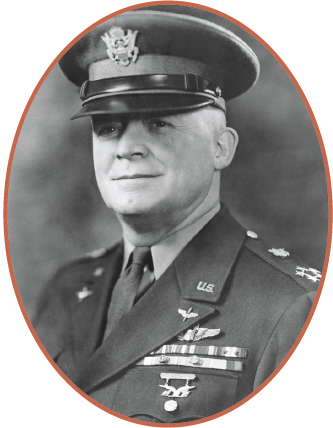Timeline
- September 28, 1939: Jacqueline Cochran sends a letter to first lady Eleanor Roosevelt, saying that women pilots could help free up men to go overseas if the United States went to war.
- September 10, 1942: The Womens Auxiliary Ferrying Squadron (WAFS) is established by Nancy Harkness Love.
- November 16, 1942: The Womens Flying Training Detachment (WFTD) is established by Jacqueline Cochran.
- August 5, 1943: The WAFS and WFTD merge into the Women Airforce Service Pilots (WASP).
- December 7, 1944: The last WASP class graduates.
- December 20, 1944: The WASP deactivates; the last WASP return home.
- November 23, 1977: The WASP earn veteran status after President Jimmy Carter signs the bill, Public Law 95-202, Section 401, into law.
- 1984: The WASP receive World War II Victory Medals; those who served at least one year are awarded the American Theater Campaign Medal.
- June 10, 2002: A law is passed allowing WASP to be interred at Arlington National Cemetery with full military honors.
- July 1, 2009: The WASP are awarded the Congressional Gold Medal signed into law by President Barack Obama.
- March 10, 2010: The Congressional Gold Medal ceremony is attended by over 250 surviving WASP.
- March 23, 2015: Then-Secretary of the Army John McHugh repeals the law allowing WASP to be interred at Arlington.
- May 20, 2016: President Barack Obama signs a law that states the Department of Army must guarantee that cremated remains of WASP can be placed in Arlington with full military honors.
Critical Thinking Questions
- Jackie Cochran and Nancy Love both wanted to start a womens pilot organization. Why do you think they didnt work together sooner?
- How did the WASP perform as compared to men pilots? Use evidence from the text to support your answer.
- Look at . How has the tone of the book changed? What words and phrases help you determine this?
Read More
- Coleman, Miriam. Women in the Military. New York: Rosen Publishing Group, 2015.
- Moss, Marissa. Sky High: The True Story of Maggie Gee. New York: Random House Childrens Books, 2009.
- Nathan, Amy. Yankee Doodle Gals: Women Pilots of World War II. Washington, D.C.: National Geographic Society, 2001 (updated).
Chapter 1
The World at War Again
Hazel Ah Ying Lee sat in the back seat of the Fairchild PT-19. The PT-19, a trainer plane for the Women Airforce Service Pilots, or WASP, had two seats and an open cockpit. Her flight instructor was in the front seat.
Hazel Ah Ying Lee
Lees flight instructor enjoyed performing loops flying upside down in the air. But he had a habit of demonstrating them without warning students first. That day, Lee didnt know her seat belt wasnt buckled correctly. The instructor flew his loop, and Lee fell out of the plane. Luckily, she was wearing her parachute. She landed safely in a field and walked back to the base, dragging her parachute behind her.
Lee was one of over 1,000 women who joined the WASP during World War II (1939 1945). They had no idea theyd fly so far into history.
Pilot from the Womens Flying Training Detachment in a PT-19 army trainer
I always wanted to fly. Ever since I can remember. I was a young tyke. I made so many model airplanes that my mother got tired of seeing them around the house.
WASP Florence Shutsy Reynolds
In World War I (1914 1918) almost 9 million people around the world died. The United States suffered more than 115,000 of those deaths. Only 20 years later, the world went to war again. Still recovering from their losses from the First World War, the United States needed more soldiers for combat. But women were not allowed to fight.
The bombing of Pearl Harbor
On December 7, 1941, Japan attacked Pearl Harbor in Hawaii. The Japanese used 353 airplanes for the invasion. Over 2,400 Americans died that day.
Jackie Cochran
This event changed the role women played in the war. Suddenly, they were needed to fill jobs that traditionally belonged to men those men were now needed to fight. But the United States government realized there werent enough men to become pilots. Two female flyers, Jackie Cochran and Nancy Harkness Love, knew that women were capable pilots and could be invaluable in the war effort. Jackie and Nancy became responsible for helping women fly for their country.
Nancy Harkness Love
Chapter 2
Women With Wings
The Harmon Trophy is given to outstanding aviators. Jackie won her first trophy after flying only four years. The next year, she won the trophy again and set new altitude and speed records.
After World War II began, Jackie sent a letter to U.S. first lady Eleanor Roosevelt. She wrote that women pilots could help the United States if it went to war. Although Roosevelt liked the idea, the military did not.
Eleanor Roosevelt presents the Harmon Trophy to Jackie Cochran.
FACT
Jackie was the first woman to fly a bomber plane over the Atlantic Ocean on June 17, 1941.
In 1941 Jackie ran into General Henry Hap Arnold, the chief of the Army Air Forces (AAF), at an event. She told him her idea about employing women as pilots. But Arnold wasnt ready for female pilots in the U.S. military. Later that year, Jackie asked him again. Arnold suggested she planes in Britain, a country that already utilized female pilots. Jackie took his suggestion and employed 25 U.S. women in Britain. She hoped to prove they could someday fly for the U.S. military.
General Henry Hap Arnold
A Hard Worker
Jackie grew up poor, working in sawmills for six cents an hour. She became a beautician at age 13, and then later became a nurse. Saddened by poverty and disliking the sight of blood, she returned to working in beauty shops. In her 20s she told her future husband that she wanted to start a cosmetics company. He told her she needed to learn to fly to so she could get her products in more places around the country. It only took her a few weeks to get her private pilots license. She became successful as both a pilot and businesswoman.

